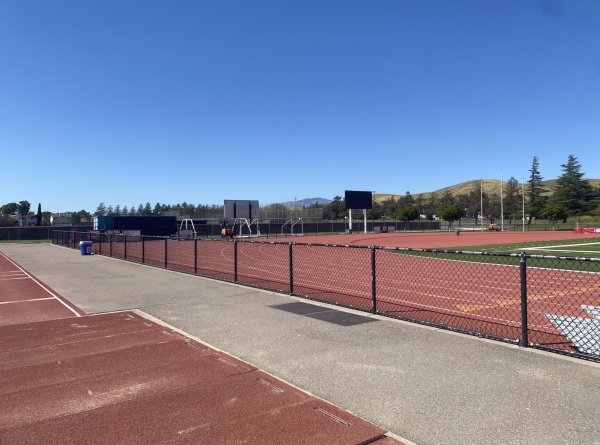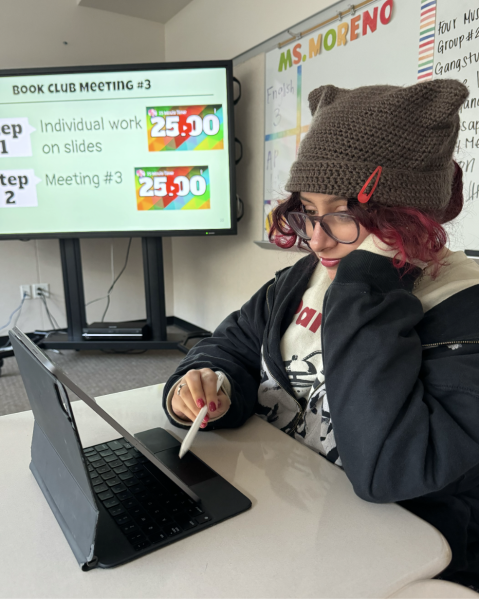96 Minutes
Five thousand seven hundred and sixty seconds, ninety-six minutes, or an hour and thirty-six minutes. Believe it or not, this is the length of only one block period at Dublin High school. Yet, as if the duration of one of these block periods wasn’t long enough, students at Dublin High School must endure up to four such periods per day(five for students with a zero period). Although these time-intensive block periods are supposed to enhance the learning experience for Dublin students, they do quite the opposite. The block periods demotivate students, are ineffective to student learning due to lower retention rates, and impair teachers’ effectiveness. As a whole, the issue of long block periods is taking away from the great potential of the Dublin High School education system and, therefore, must be resolved. The DUSD board must take steps to protect their students’ learning environment, starting by reducing the length of block periods.
When students have to endure such long periods of school, they begin to resent the idea of the class itself, thus reducing the passion and effort they are willing to invest in their education. Over 81% of high school students believe that the absolute maximum length of a block period should be 75 minutes(Par 3, Stanford.edu). When students enter a class, they should look forward to the content they are learning and be passionate about furthering their academic capabilities. However, if students continue to resent the class system, the likelihood that they will continue their passion is minimal. This will ravage Dublin High School’s education system, as intelligent and driven students will begin to do the bare minimum in their classes due to a lack of ability to learn in such dense periods.
Most supporters of long block periods argue its effectiveness by claiming that the increased length of time allows students to dive deeper into their studies, thus making them more informed on the content they are learning. Although this idea theoretically makes sense, many teenagers do not have the retention capabilities to learn effectively for ninety-six minutes. According to a leading psychologist, the average sixteen-year-old can focus between 48 and 60 minutes(Johnston, Par.3). After this, they require a 10-minute break, or their productivity will decrease exponentially. Therefore, when students are forced to learn content throughout this block period, they effectively “zone out” in the latter half. This leads to a series of issues. Firstly, they have to relearn this missed content themselves, thus making them spend a greater amount of time on homework. In addition, disruptions to the class structure become increasingly common including frequent disruptions from restless students or others struggling in the class as a result of the inability to learn in the intensive periods. Although block periods are created with good intentions in mind, they are counterproductive to enhancing the learning experience of students and therefore need to be minimized.
Beyond the students, teachers commonly struggle with the ninety-six-minute block period, as it is nearly impossible to keep students captivated for such a long time. This becomes more apparent in classes that are lecture-based and less interactive. According to a Dublin High School AP chemistry teacher, as the class period progresses, the amount of students off-task continues to increase and increase. However, he also noted that on Mondays, when the class period is a mere fifty minutes, students are more focused and staying on-task, making his teaching experience far more positive. Teachers should not have to act as the parents of their students, especially high school students in their upper-teen years. However, ninety-six minute periods bring out the worst in these students, as they are not engaged, resent class, and therefore decide to effectively “rebel” in the best way they see fit. As a result, teachers have to spend time each class period correcting the behavior of their students instead of helping them grow their knowledge in the field they are designated to teach. Therefore, block periods both damage students’ educational experience and ruin teachers’ teaching experience.
Ninety-six-minute block periods hold many false promises. Some believe they will allow students to dive deeper into their learning, while others think it will increase the effectiveness of teachers in the classroom. These possibilities are offset due to students resenting the structure of these class periods and the fact that many cannot physically concentrate for such long periods. Furthermore, the teaching experience for teachers is also compromised as they effectively have to “parent” the large majority of students who zone out due to the time-intensive nature of these block periods. Members of the DUSD board, I request you to please reduce the ineffective block periods. They are greatly impacting both students and teachers. Furthermore, enacting this change can help the Dublin High education system become great again.
Citations
Lenz. (2020, February 13). Call to action: Engage and motivate students. Stanford Center for Opportunity Policy in Education. https://edpolicy.stanford.edu/news/articles/1227
Johnston, B. (2021, June 14). How to keep teens focused (Even though goldfish have longer attention spans) – Your teen mag. Your Teen Magazine. https://yourteenmag.com/teenager-school/teens-high-school/teenage-attention-span
Your donation will support the student journalists of Dublin High School. Your contribution will allow us to purchase equipment and cover our annual website hosting costs.



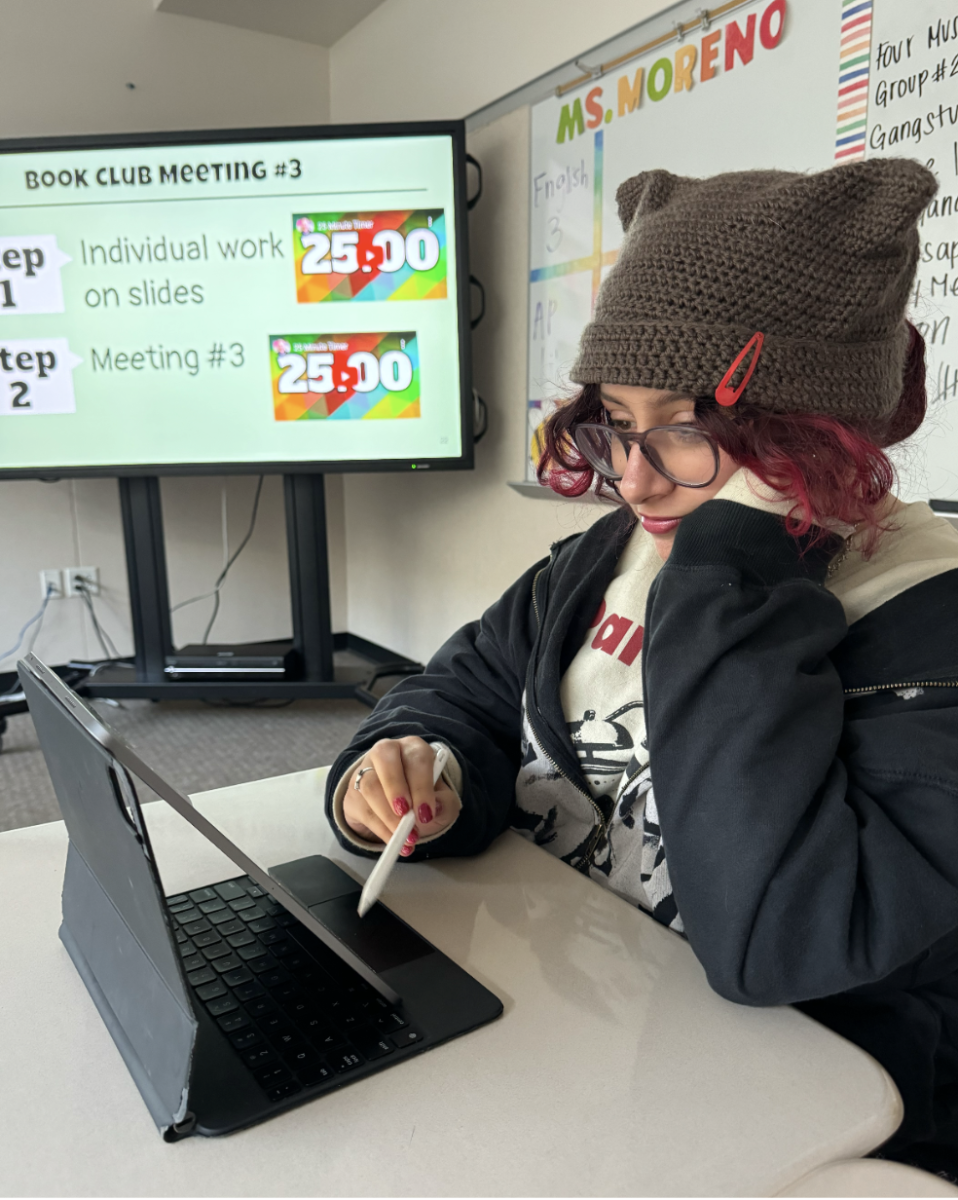


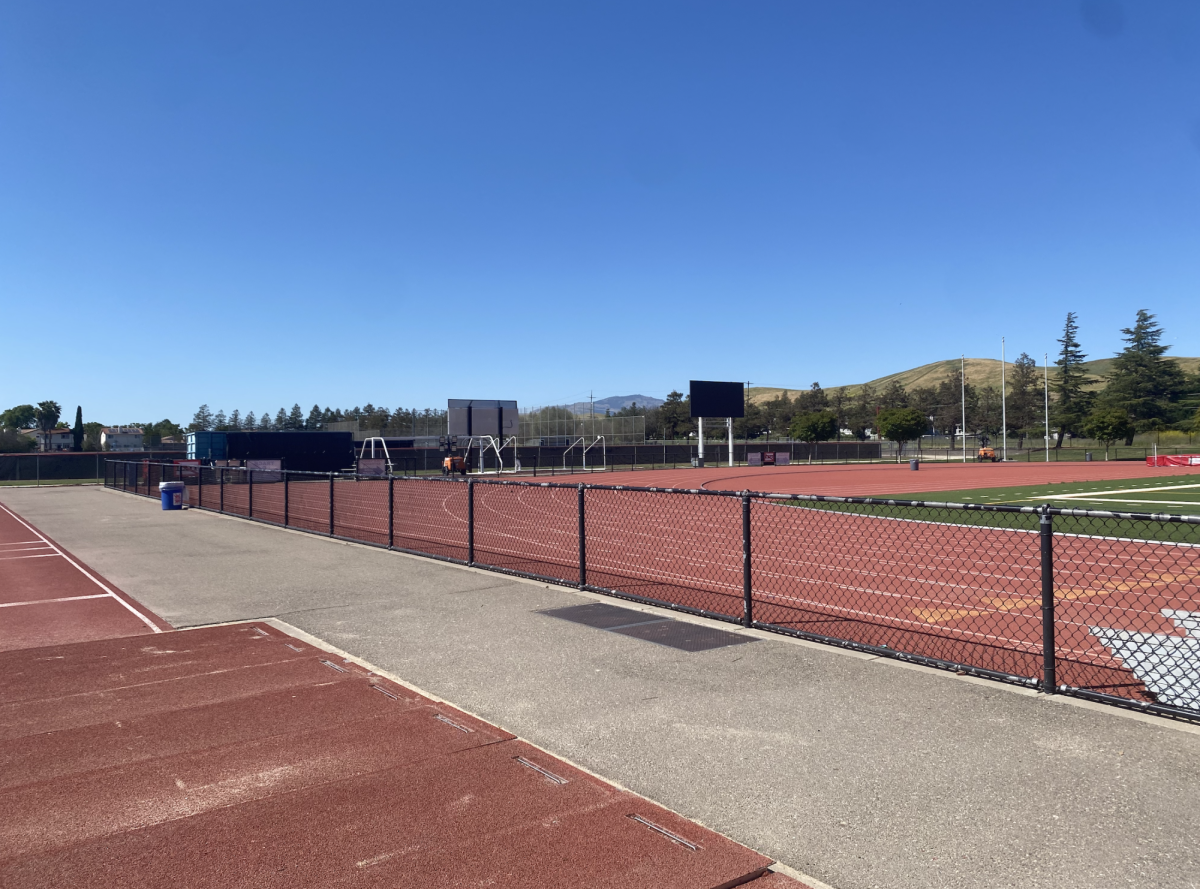


![[Book Review] Weapons of Math Destruction: The insidious danger of Big Data](https://thedublinshield.com/wp-content/uploads/2024/06/wmdsarticle-727x1200.jpg)





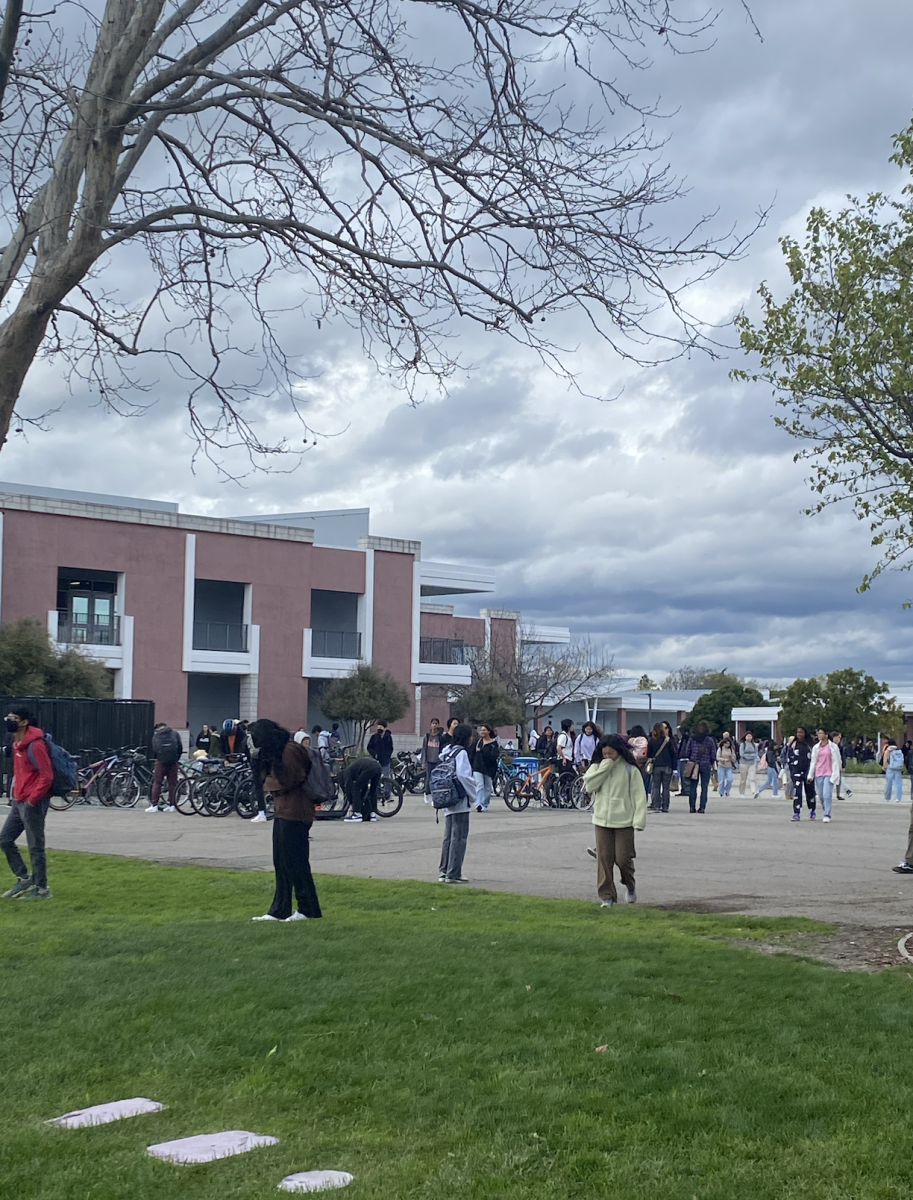









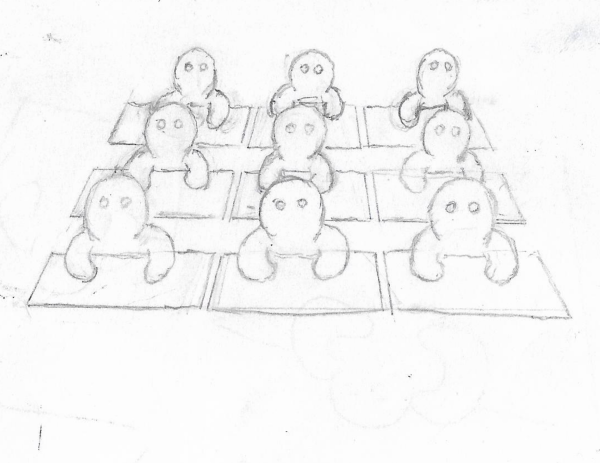
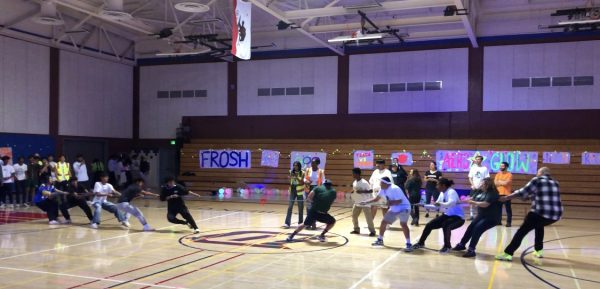

![[Book Review] Weapons of Math Destruction: The insidious danger of Big Data](https://thedublinshield.com/wp-content/uploads/2024/06/wmdsarticle-363x600.jpg)
